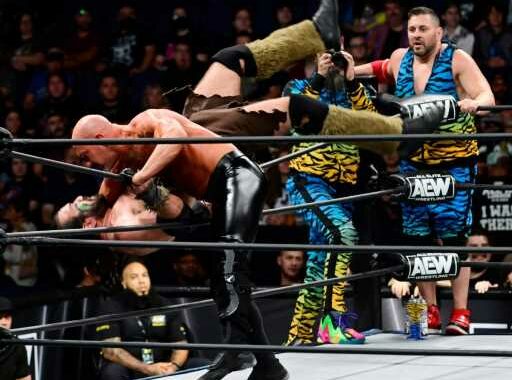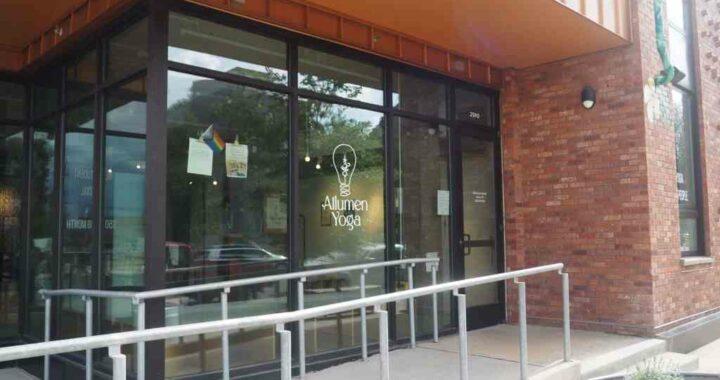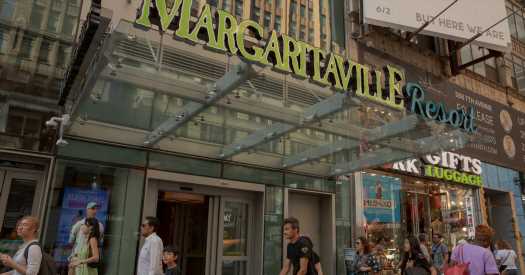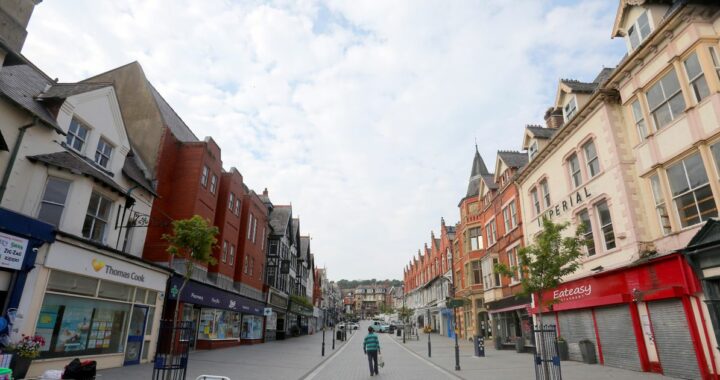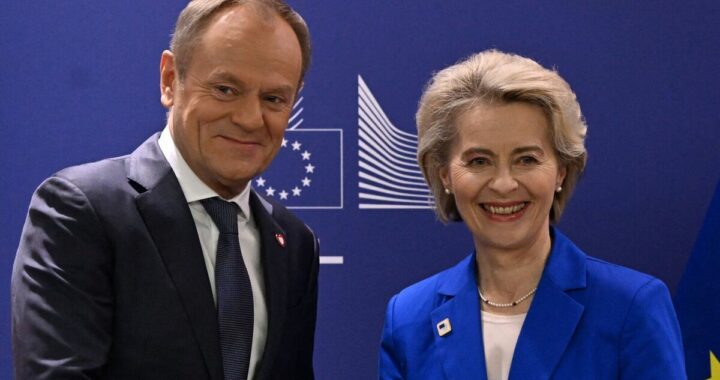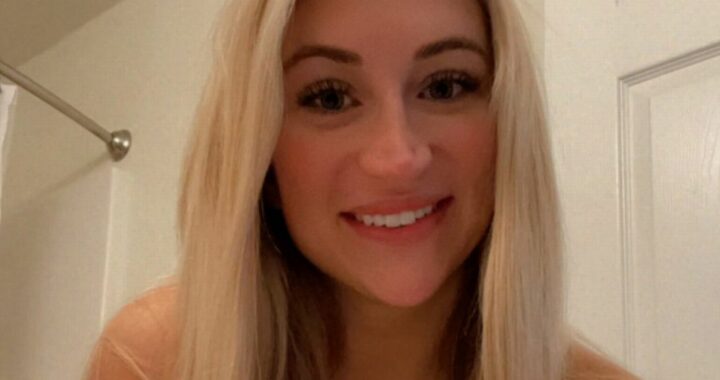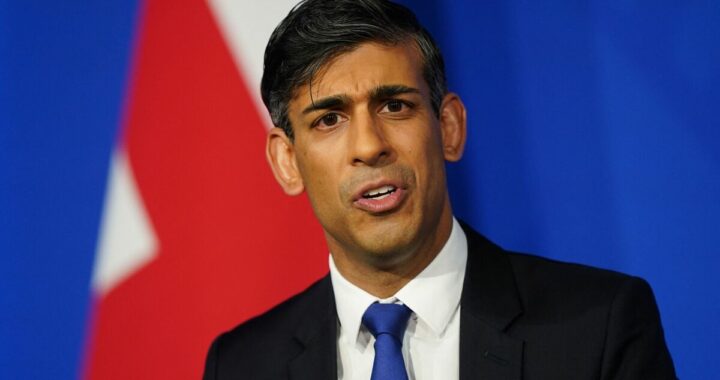How Sexist Is Hollywood? Check Out Geena Davis’s Spreadsheet
7 min read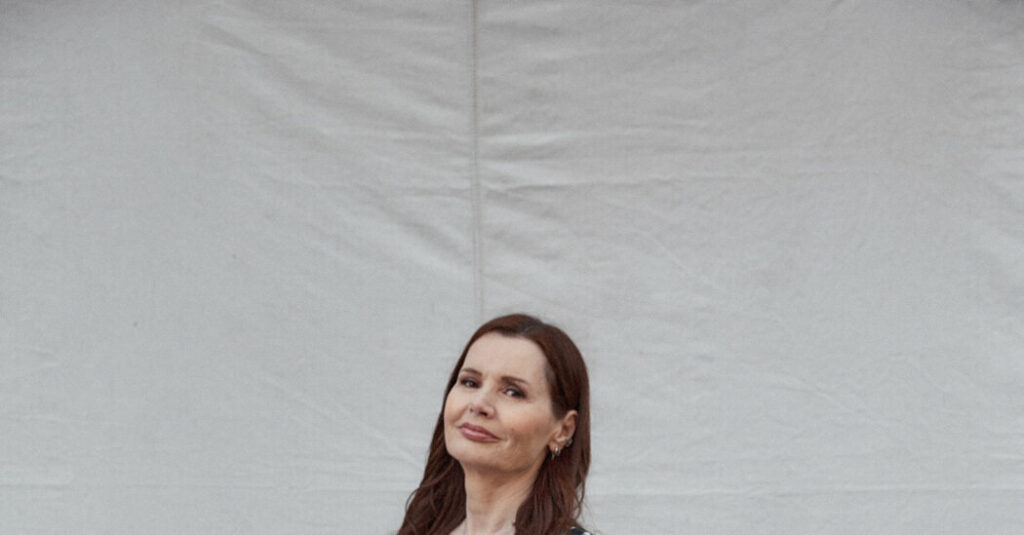
“Transforming Spaces” is a series about women driving change in sometimes unexpected places.
Geena Davis and her family were returning from dinner in their small Massachusetts town when her great-uncle Jack, 99, began drifting into the oncoming lane of traffic. Ms. Davis was about 8, flanked by her parents in the back seat. Politeness suffused the car, the family, maybe the era, and nobody remarked on what was happening, even when another car appeared in the distance, speeding toward them.
Finally, moments before impact, Ms. Davis’s grandmother issued a gentle suggestion from the passenger seat: “A little to the right, Jack.” They missed by inches.
Ms. Davis, 67, relayed this story in her 2022 memoir, “Dying of Politeness,” an encapsulation of the genially stultifying values that she had absorbed as a child — and that a great many other girls absorb, too: Defer. Go along to get along. Everything’s fine.
Of course the two-time Academy Award-winning actress ditched that pliability long ago. From “Thelma & Louise” and “A League of Their Own” to this year’s coming-of-age drama, “Fairyland,” back-seat docility just wasn’t an option. Indeed, self-possession was her thing. (Or one of her things. Few profiles have failed to mention her Mensa membership, her fluency in Swedish or her Olympic-caliber archery prowess.) But cultivating her own audaciousness was only Phase 1.
Next year will mark two decades since the creation of the Geena Davis Institute on Gender in Media. When her daughter was a toddler, Ms. Davis couldn’t help noticing that male characters vastly outnumbered female characters in children’s TV and movies.
“I knew everything is completely imbalanced in the world,” she said recently. But this was the realm of make-believe; why shouldn’t it be 50/50?
It wasn’t just the numbers. How the women were represented, their aspirations, the way young girls were sexualized: Across children’s programming, Ms. Davis saw a bewilderingly warped vision of reality being beamed into impressionable minds. Long before “diversity, equity and inclusion” would enter the lexicon, she began mentioning this gender schism whenever she had an industry meeting.
“Everyone said, ‘No, no, no — it used to be like that, but it’s been fixed,’” she said. “I started to wonder, What if I got the data to prove that I’m right about this?”
Amid Hollywood’s trumpeted causes, Ms. Davis made it her mission to quietly harvest data. Exactly how bad is that schism? In what other ways does it play out? Beyond gender, who else is being marginalized? In lieu of speechifying and ribbons, and with sponsors ranging from Google to Hulu, Ms. Davis’s team of researchers began producing receipts.
Ms. Davis wasn’t the first to highlight disparities in popular entertainment. But by leveraging her reputation and resources — and by blasting technology at the problem — she made a hazy truth concrete and offered offenders a discreet path toward redemption. (While the institute first focused on gender data, its analyses now extend to race/ethnicity, L.G.B.T.Q.I.A.+, disability, age 50-plus and body type. Random awful finding: Overweight characters are more than twice as likely to be violent.)

Even when braced for it, the institute’s findings are staggering: In the 101 top-grossing G-rated films from 1990 to 2005, just 28 percent of speaking characters were female. Even in crowd scenes — even in animated crowd scenes — male characters vastly outnumber female ones. In the 56 top grossing films of 2018, women portrayed in positions of leadership were four times more likely than men to be shown naked. (The bodies of 15 percent of them were filmed in slow motion.) Where a century ago women had been fully central to the budding film industry, they were now a quantifiable, if sexy, afterthought.
“When she started to collect the data, it was kind of incredible,” said Hillary Hallett, a professor of American studies at Columbia University and the author of “Go West, Young Women! The Rise of Early Hollywood.” “This wasn’t a vague feeling anymore. You couldn’t claim this was just some feminist rant. It was like, ‘Look at these numbers.’”
Ms. Davis is by turns reserved and goofy offscreen — a thoughtful responder, an unbridled guffawer. (At one point she enunciated the word “acting” so theatrically that she feared it would be hard to spell in this article.) On a recent afternoon in Los Angeles, she took a break from illustrating the children’s book she had written, “The Girl Who Was Too Big for the Page.”
“I grew up very self-conscious about being the tallest kid — not just the tallest girl — in my class,” she said. “I had this childhood-long wish to take up less space in the world.”
In time she began to look beyond her height — six feet — to the insidious messages reinforcing such insecurity.
“Hollywood creates our cultural narrative — its biases trickle down to the rest of the world,” she said in “This Changes Everything,” the 2018 documentary she produced about gender inequity in the film industry. The documentary takes its name from the incessant refrain she kept hearing after the success of “Thelma & Louise,” and later “A League of Their Own.” Finally the power and profitability of female-centric movies had been proven — this changes everything! And then, year after year, nothing.
It was here that Ms. Davis planted her stake in the ground — a contention around why certain injustices persist, and how best to combat them. Where movements like #MeToo and Times Up target deliberate acts of monstrosity, hers would be the squishier universe of unconscious bias. Did you unthinkingly cast that doctor as a male? Hire that straight white director because he shares your background? Thought you were diversifying your film, only to reinforce old stereotypes? (Fiery Latina, anyone?)
It’s a dogged optimism that powers Ms. Davis’s activism — a faith that Hollywood can reform voluntarily. When she goes to a meeting now, she’s armed with her team’s latest research, and with conviction that improvement will follow.
“Our theory of change relies on the content creators to do good,” said Madeline Di Donno, the president and the chief executive of the institute. “As Geena says, we never shame and blame. You have to pick your lane, and ours has always been, ‘We collaborate with you and want you to do better.’”
If a car full of polite Davises can awaken to oncoming danger, perhaps filmmakers can come to see the harm they’re perpetuating.
“Everyone isn’t out there necessarily trying to screw women or screw Black people,” said Franklin Leonard, a film and television producer and founder of the Black List, a popular platform for screenplays that have not been produced. “But the choices they make definitely have that consequence, regardless of what they believe about their intent.”
He added: “It’s not something people are necessarily aware of. And there’s no paper trail — it can only be revealed in aggregate. Which gets to the value of Geena’s work.”
Unique to the institute’s efforts is its partnership with the University of Southern California’s Signal Analysis and Interpretation Laboratory, which uses software and machine learning to analyze scripts and other media. One tool born of that collaboration, Spellcheck for Bias, employs AI to scan scripts for stereotypes and other problematic choices. (Janine Jones-Clark, the executive vice president for inclusion for NBCUniversal’s global talent development and inclusion team, recalled a scene in a television show in which a person of color seemed to be acting in a threatening manner toward another character. Once flagged by the software, the scene was reshot.)
Still, progress has been mixed. In 2019 and 2020, the institute reported that gender parity for female lead characters had been achieved in the 100 highest-grossing family films and in the top Nielsen-rated children’s television shows. Nearly 70 percent of industry executives familiar with the institute’s research made changes to at least two projects.
But women represented just 18 percent of directors working on the top 250 films of 2022, up only 1 percent from 2021, according to the Center for the Study of Women in Television and Film; the percentage of major Asian and Asian American female characters fell from 10 percent in 2021 to under 7 percent in 2022. A 2021 McKinsey report showed that 92 percent of film executives were white — less diverse than Donald Trump’s cabinet at the time, as Mr. Leonard of the Black List noted.
“I think the industry is more resistant to change than anybody realizes,” he added. “So I’m incredibly appreciative of anyone — and especially someone with Geena’s background — doing the non-glamorous stuff of trying to change it, being in the trenches with Excel spreadsheets.”
Ms. Davis has not quit her day job. (Coming soon: a role in “Pussy Island,” a thriller from Zoe Kravitz in her directorial debut.) But acting shares a billing with her books, the diversity-focused Bentonville Film Festival she started in Arkansas in 2015 — even the roller coasters she rides for equity. (Yes, Thelma is now Disney’s gender consultant for its theme parks and resorts.)
“We’re definitely heading in the right direction,” she said. “Bill Gates called himself an impatient optimist, and that feels pretty good for what I am.”
Source: Read Full Article
